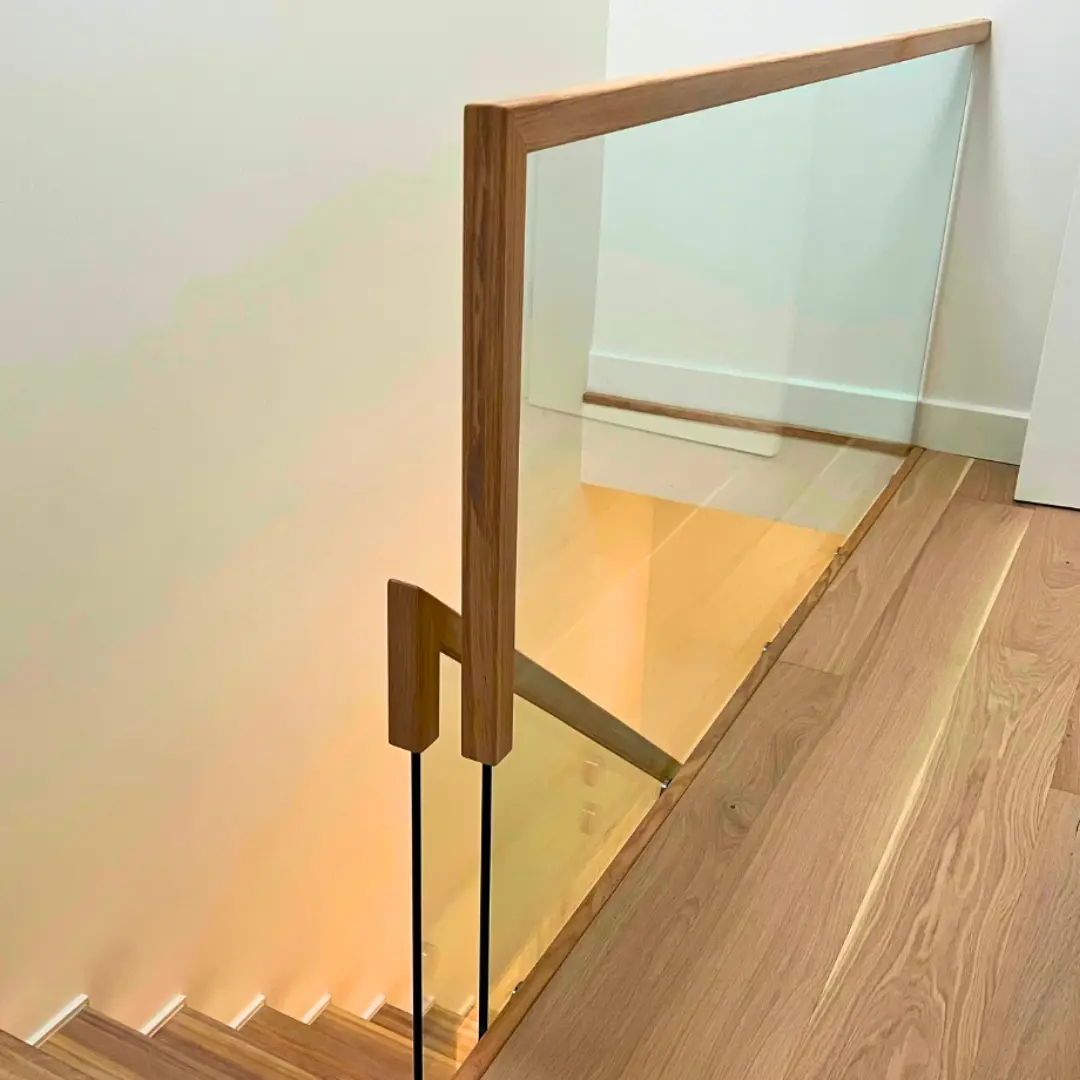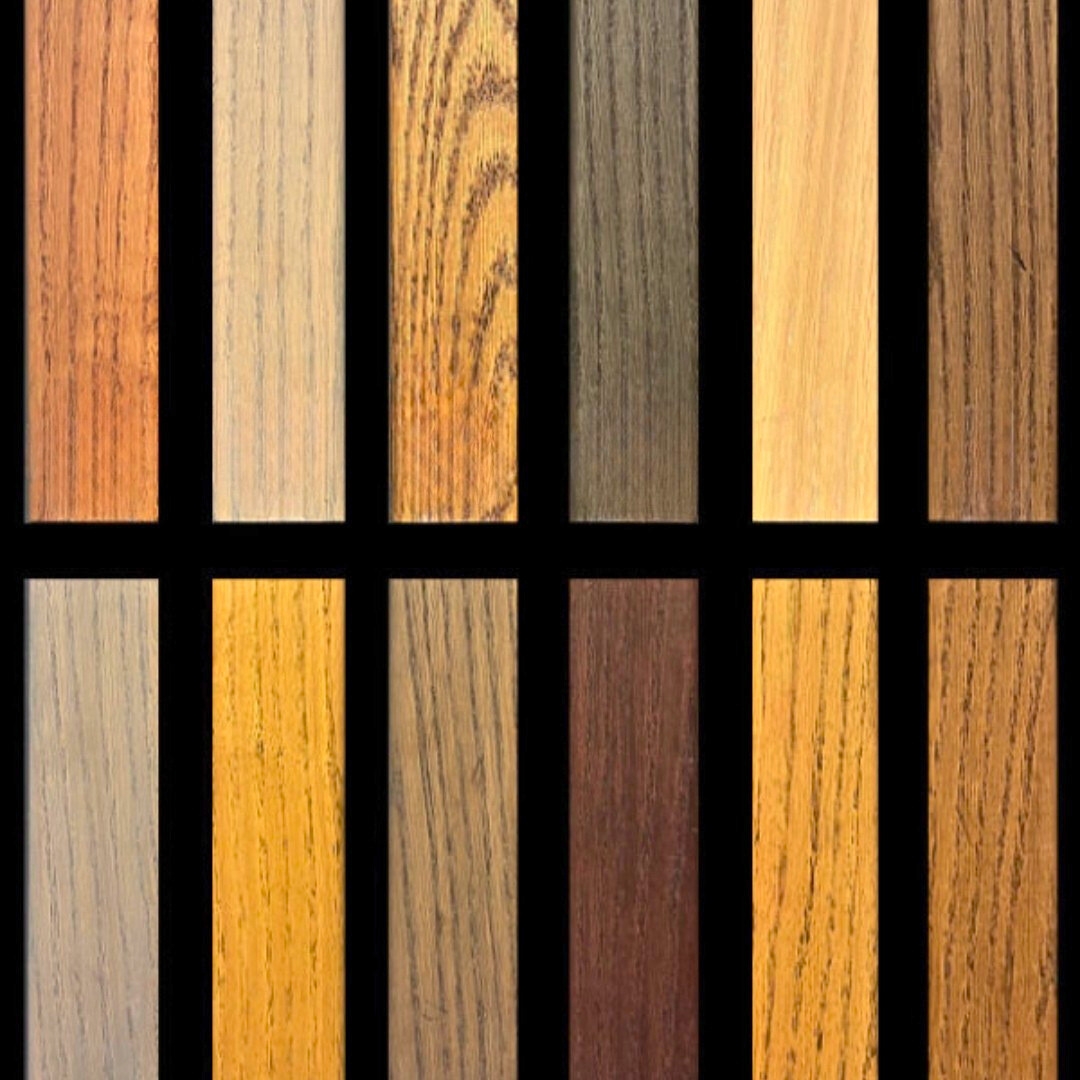Adding Details to Floating or Central Spine Staircases
Floating & Central Spine Staircases: How to Add Style and Detail Without Losing the Minimal Look
When it comes to modern staircase design, few styles make a stronger statement than floating and central spine staircases. Both offer that signature ‘light and airy’ look by removing traditional risers and embracing open space — a perfect fit for contemporary homes and open-plan living.
But clean doesn’t have to mean plain. These staircases may appear minimal, but there’s plenty of room for personality. Here’s how you can enhance their design while preserving their architectural elegance.
The Support Structure — Invisible, Yet Integral
The ‘floating’ effect is more than just visual — it’s a feat of structural engineering. In true floating staircases, each tread is fixed directly into a load-bearing wall or supported by hidden brackets. Central spine staircases take a different approach, using a single strong beam (usually metal or timber) running beneath the treads, creating the illusion that the steps are hovering in space.
The spine can be fully concealed or partially visible for added impact. A slim, powder-coated steel spine, for instance, can add a bold industrial edge, while a solid oak version lends a more organic feel. Whatever the method, the support must be strong and stable — but that doesn’t mean it can’t be stylish, too.
The Style — Tailor It to Your Home’s Character
Floating and central spine staircases are inherently versatile. Their simplicity acts as a blank canvas for a variety of materials and finishes.
For a warm, natural look, many homeowners opt for solid oak treads. But if you’re after something more daring, consider alternatives like glass treads, metal detailing, or feature handrails. The balustrade plays a huge role too — from frameless glass that vanishes into the background, to sculptural spindles that double as art.
Think about the overall design language of your home. Want a soft modern feel? Light oak and curved edges work beautifully. Prefer something industrial? Try darker tones, exposed fixings, and matte metal.
The Safety — Minimal Doesn’t Mean Compromised
With all the focus on clean lines and open space, safety remains a key priority.
Handrails can be wall-mounted or integrated directly into a balustrade system. Frameless glass is a popular choice here — it keeps the look transparent while providing robust fall protection. For families with children or pets, you might consider wider treads, subtle anti-slip treatments, or even soft LED tread lighting for night-time visibility.
Ultimately, the balance between aesthetic minimalism and practical usability is where an experienced staircase designer truly shines. Every detail — from tread spacing to handrail height — should be carefully considered to meet regulations and ensure comfort.
A Centrepiece Worth the Investment
Floating and central spine staircases are more than functional elements — they’re a centrepiece, a conversation starter, and a reflection of your home’s identity.
With the right materials, support system, and thoughtful details, you can achieve a staircase that feels light in appearance but rich in design — bold yet balanced.
Thinking about upgrading your space with a staircase that floats or flows with elegance? A bespoke solution could be closer than you think.
Details that you can add to your staircase

Lighting

Matching Handrail

Different colours